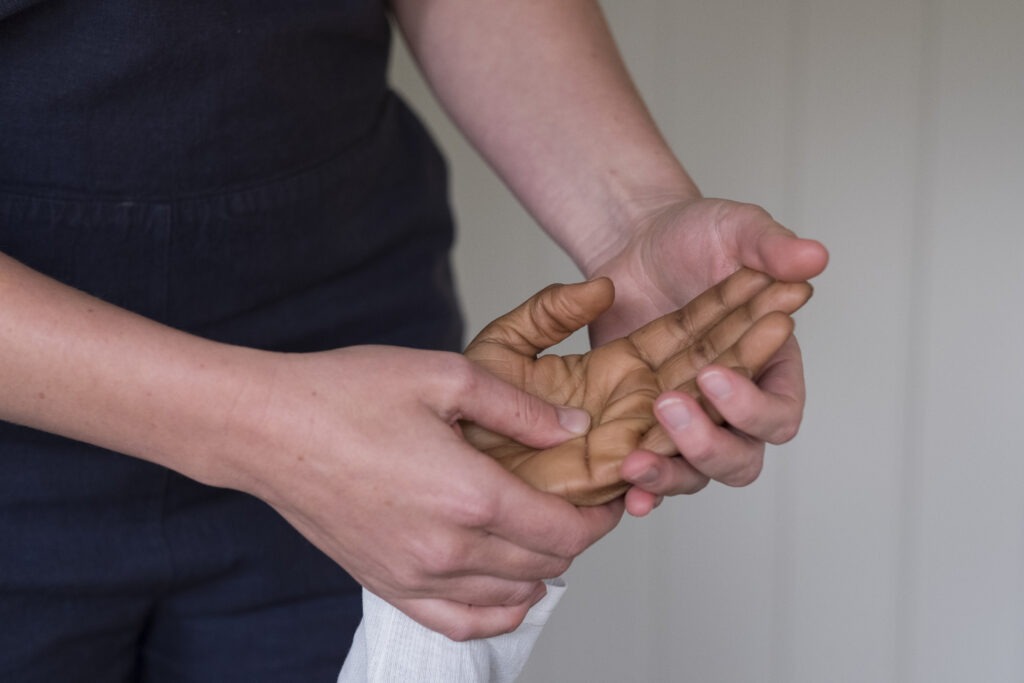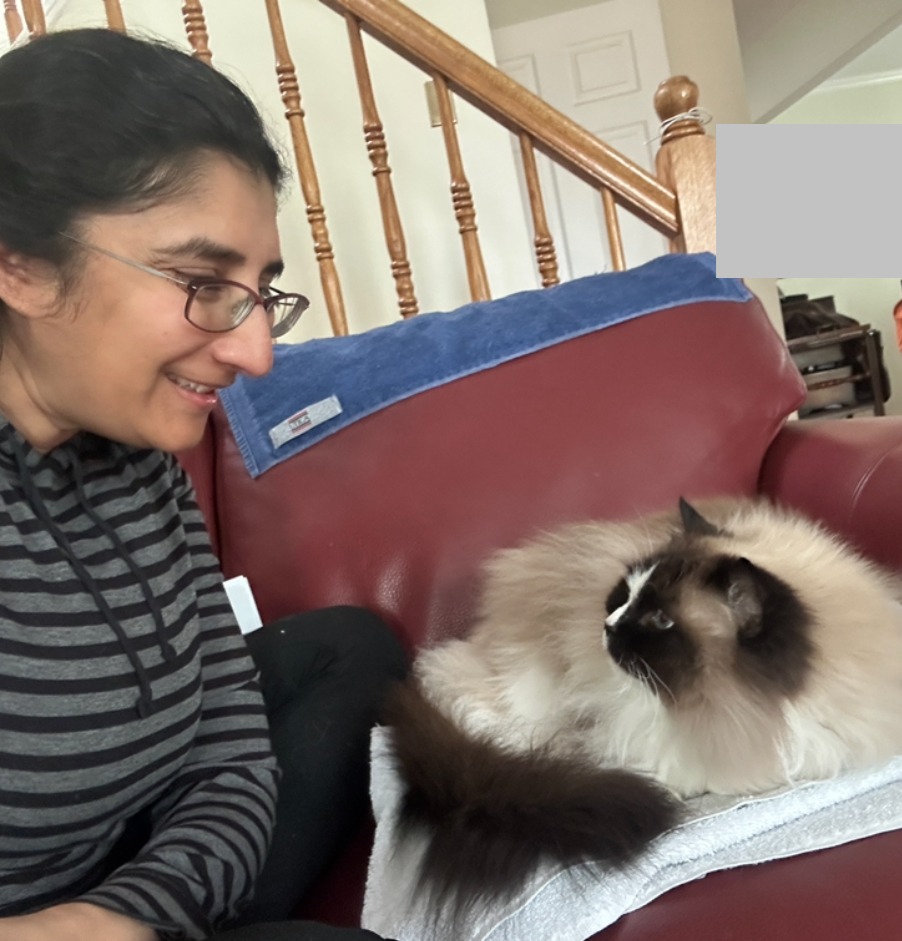7 Insights about Hypermobility

Hypermobility means some of the joints in your child’s body stretch and move more than expected. They’re extra bendy or flexible. But it’s not just about being “double-jointed.” Hypermobility can impact motor coordination, digestion, energy levels, sleep, emotional regulation, and even writing.
5 Things We Learned from Rosie the Cat About Writing Struggles

She wasn’t regressing.
She was recharging for the next big step.
And it reminded me so much of the kids I’ve worked with especially those with sensitive nervous systems who become overwhelmed and avoid writing.
10 Sensory and Nervous System Benefits of Nature

For kids who struggle in structured settings, or feel overwhelmed by noise, pressure, or adult-led demands, nature often offers a kind of quiet magic. It meets them exactly where they are.
OT is not just for your child

When one family member struggles, it impacts everyone. Occupational therapy goes beyond supporting your child’s sensory and emotional needs to include the whole family—parents, siblings, and their nervous systems. Discover how gentle, practical strategies can create a more connected, calm, and supported home environment for everyone.
Welcome (Back) to the Blog

You will not find quick fixes or one size fits all solutions here. Just real conversations and support for those navigating real life with neurodivergent kids.
Sensory Chalk Walk Obstacle Courses

People often think these chalk obstacle courses are difficult to make, however they’re so fun and you can involve your kids in making them too. We made a bunch of these on our streets for younger and older children, and even made one for an elderly neighbour across the street. It was so fun watching them through our window laugh and do them with friends.
Benefits of Yoga for Children in Occupational Therapy

Breathing alongside movements encourages children to breathe while moving (many children who are weak tend to hold their breath while doing motor tasks as they are using their diaphragm, a breathing muscle, to hold their body versus to breathe)
Baby Owned Movements

My son crawled at 9 months, sat at nearly 10 months, and walked at 16 months. According to developmental charts, his sitting and walking are considered to be within the later range of ‘normal.’ Charts indicate that babies sit at six months when placed in sitting by an adult. The baby does not own that movement of sitting by being able to move in and out of positions. Most are actually stuck in sitting and struggle to get ‘unstuck.’
Sensory Swings Pre-Made Part 3/3

I’d love to have more DIY skills or even a little workshop to build toys and equipment. But alas, I often resort to Amazon!
I’ll share some swings, trapezes and other equipment I’ve purchased from Amazon or local shops that kids really like.
Homemade Sensory Integration Swings – Part 2 / 3

Personally, I love the hammock swing after a long day and my toddler would love to nap in it. I wish I were a bit more handy and could actually sew, I’d create a lot more.
